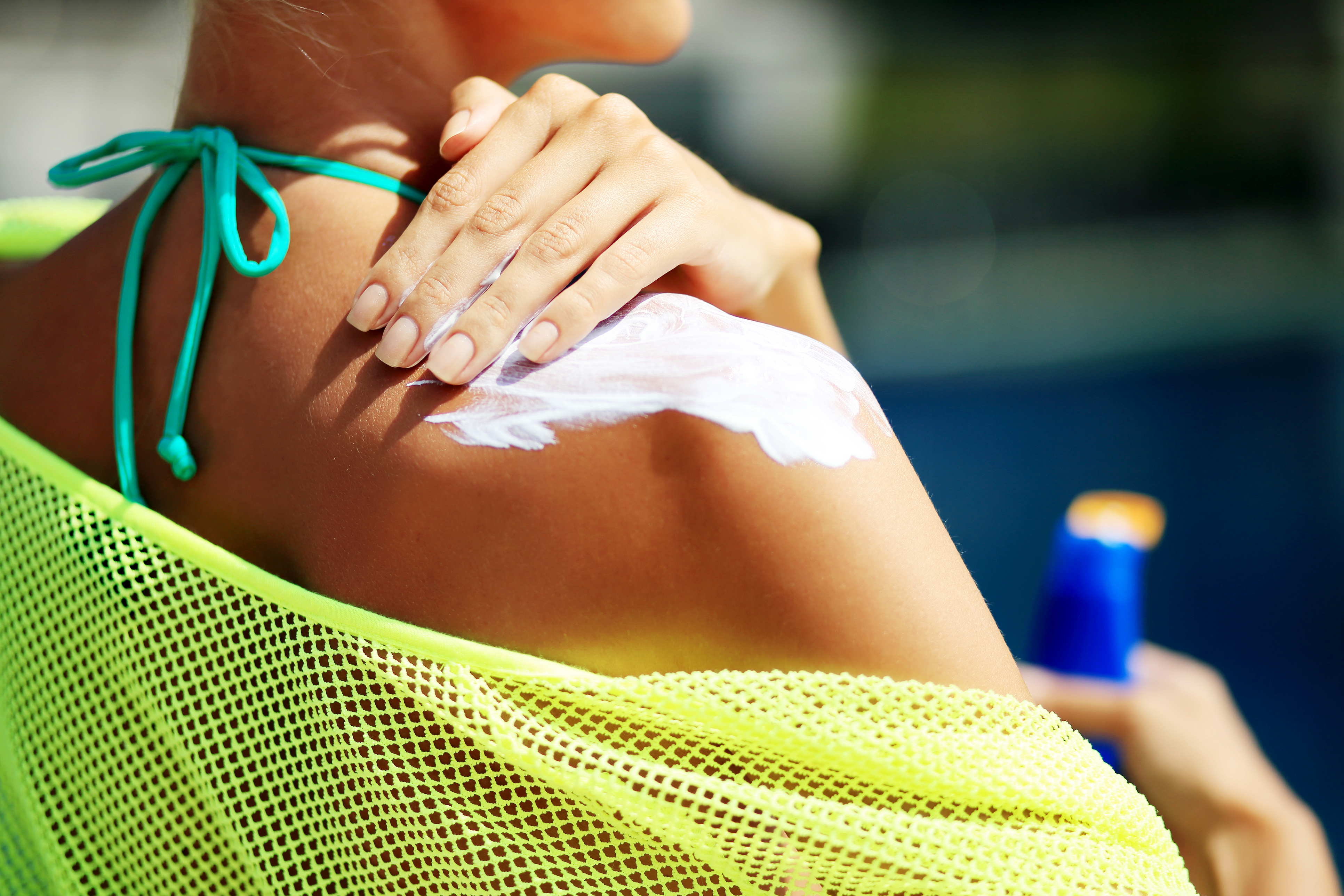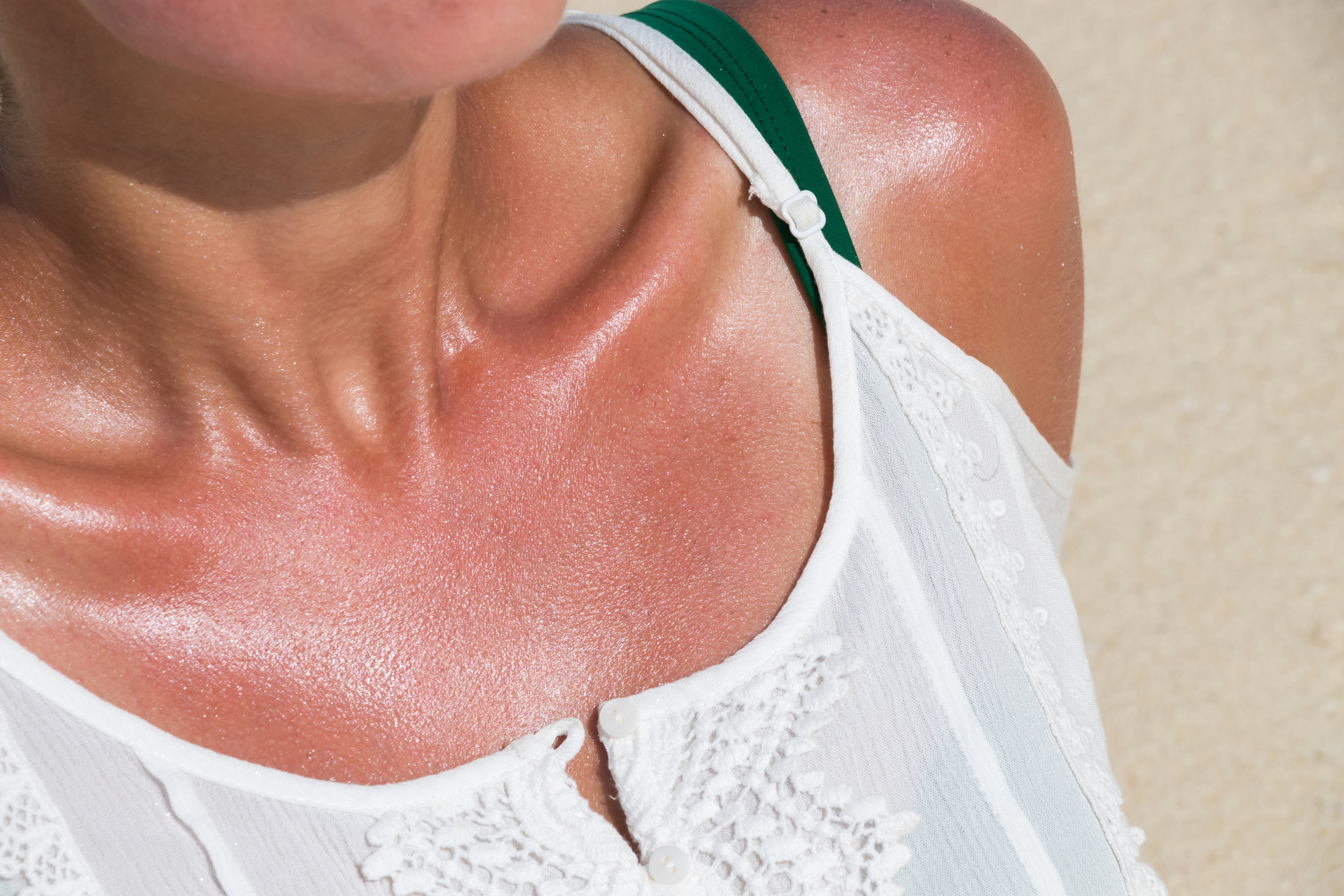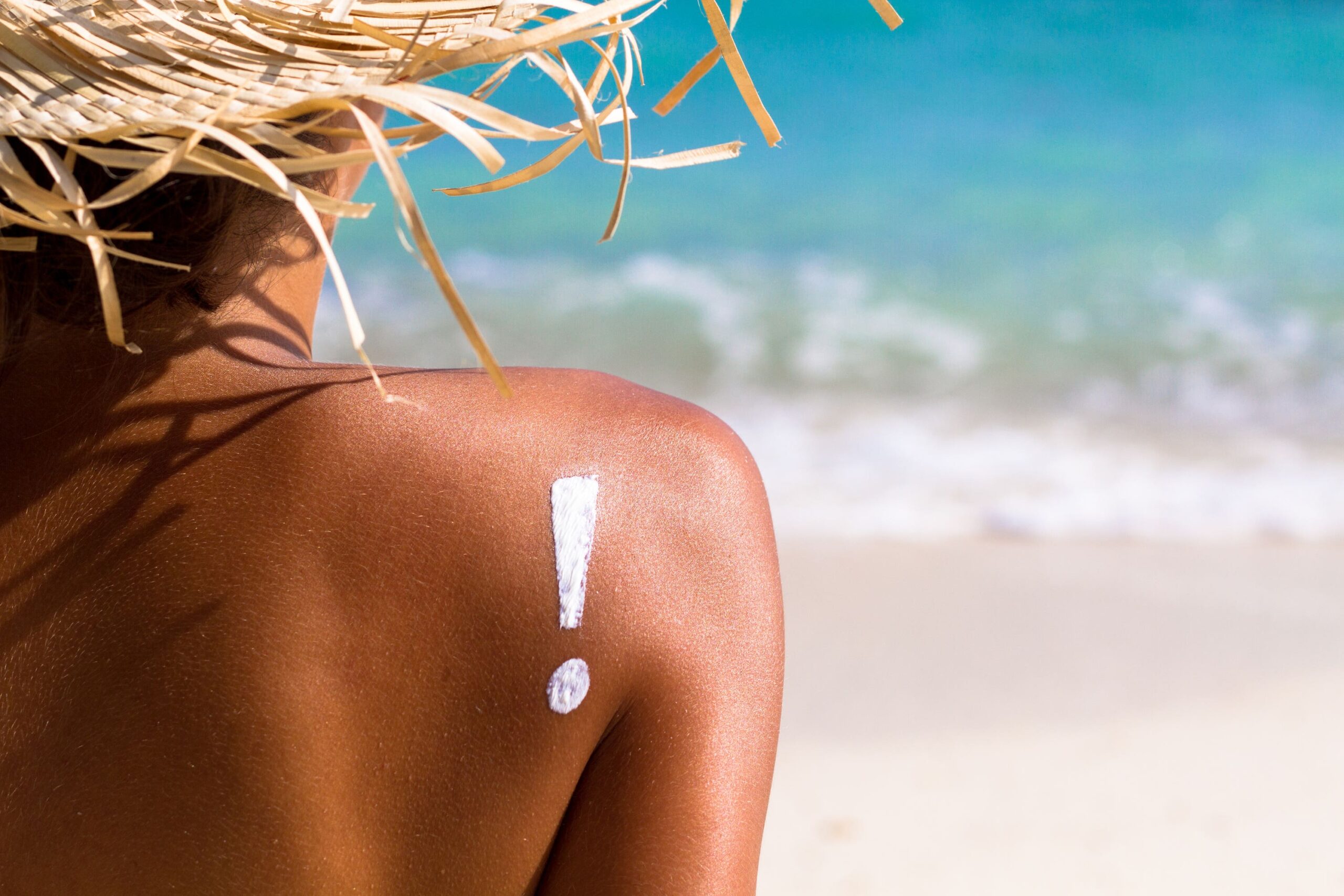When summer arrives, there’s nothing better than feeling the sun on your skin. What’s not so great though is the long-term damage regular sun exposure can do.
Melanoma – the most serious form of skin cancer – has been on the rise in the UK in recent years, and Cancer Research UK says 86% of cases could be avoided by taking better care in the sun.
Many people still don’t take the dangers of sun damage seriously though. But even in the UK – with our less-than-tropical climate and cloudy days – protecting our skin is vital.
We asked experts to explain everything you need to know about skin protection, plus some tips for keeping you and your family sun safe this summer…
What is sun damage?
The sun emits two main types of UV rays that cause damage: UVA and UVB. “These ultraviolet rays are damaging to the skin, both the superficial and its deeper layers,” explains Dr Dawn Davis, a dermatologist from the Mayo Clinic (mayoclinic.org).
UVA (long-wave) rays penetrate deeply into the skin and are associated with premature ageing, while UVB (short-wave) rays cause sunburn and a loss of skin elasticity.
It’s important to protect skin from both kinds. “Sun damage is the result of inflammation to the skin from the ultraviolet light rays,” says Davis. “This damage manifests itself as redness, itching, burning and pain.”

The worrying thing about UV rays is that you can’t feel them – and they really can penetrate clouds, which is why it’s not unusual to get sunburned on an overcast day.
Aside from the temporary pain of sunburn, sun damage can cause dry spots, wrinkles, lines, changes in pigmentation such as freckles and light patches, and fragile skin to develop over time, says Dr Adam Friedmann, consultant dermatologist at The Harley Street Dermatology Clinic (theharleystreetdermatologyclinic.co.uk).
Chronic sun damage can cause additional problems such as actinic keratoses: Dry scaly patches which can sometimes develop into cancer, according to Friedmann.
He warns that people who burn easily, have fair hair or blue eyes tend to be the most susceptible to sun damage – although that doesn’t mean those with naturally darker complexions don’t need to think about sun protection.
“Sun damage accumulates over time,” warns Davis, “so the risk of bad effects such as skin cancer and photoaging (premature ageing caused by exposure to UV rays) increase with age.”
One of the most tell-tale signs are areas of pigmented discolouration to the skin. “Solar lentigines are pigmentations caused by both genetic predisposition and sun exposure – hence their popular name ‘sun spots’,” says Dr Stefanie Williams, dermatologist medical director of Eudelo London (eudelo.com).
“They often appear on the backs of the hands and face, but never on sun-protected areas, like the buttocks, for instance.”

Although solar lentigines do not have the ability to turn cancerous, they can be a major sign of sun damage – so cancers could still develop elsewhere on the skin.
“People with significant cumulative sun damage may have thousands of lentigines in skin areas such as the arms, shoulders, upper back and chest,” says Williams.
“When these become partly confluent, it leads to the mottled, irregular pigmentation characteristic of chronic sun damage.”
Can sun damage be treated?
There are creams that can help soothe sunburn and aesthetic signs of sun damage, but Dr Friedman says that currently, there’s no proven effective way of reversing sun damage within the skin – such as changes in the cells’ DNA or the way our immune cells detect and fight sun damage.
He believes the healthiest approach is prevention, with regular use of high-quality sun creams with a high SPF that targets both UVA and UVB rays.

“The best treatment is prevention,” agrees Williams. “There’s no way around it – if you want to keep your skin in best condition, you have to wear sun protection on a daily basis, in both summer and winter. In winter, UVB is much less strong, while UVA does not fluctuate as much throughout the seasons.”
She says many of us should also practice sun avoidance during the hottest portions of the day, by seeking out shade or staying indoors when the sun’s at its peak.
In fair skin, both burning and tanning are signs of cellular sun damage – but if you do avoid the sun a considerable amount, Williams suggests making sure you take a vitamin D supplement, as sunlight is vital in helping us produce this crucial nutrient.
How can I prevent sun damage?
If you experience sunburn on holiday, it’s wise to stay out of the sun so you don’t make the situation worse.
“This is best practised by seeking shade, avoiding peak sunlight hours (10am to 3pm), wearing protective clothes like hats and long sleeves and, of course, sun cream,” says Friedmann.
He notes that sun creams with physical blockers, such as zinc oxide and titanium dioxide, are best.

“The higher the SPF, the stronger the protection against the burning UVB rays,” says Friedmann. However, UVA protection is just as important, as Friedmann says UVA rays can have more long-term damaging effects.
“Always ensure you choose a sun cream with not only a high SPF, but also at least 4-star UVA rating. I recommend a factor 30, applied every two hours as a minimum.
People tend to apply cream much more sparingly than the amounts used during lab testing – so an SPF 30 cream will often offer you only SPF 15 in most cases.
“Protecting your skin is, of course, always the best course of action, but if your skin has already been damaged by the sun and presents some changes that you find worrying, make sure you seek professional advice.”

Friedmann says it’s particularly important that babies and children stay safe in the sun, as they can be particularly vulnerable to long-term damage – which often won’t show up until many years later.
“Wearing a high-factor SPF 50 sunscreen (with 5-star UVA protection) is imperative and babies and children with fairer skin should cover up their exposed skin when in direct sunlight,” he warns.
“Sun avoidance at peak times of the day is vital and I would recommend hats and long-sleeve swimwear for babies in the swimming pool.”

A final top tip for parents? Use visible sunscreens, says Friedmann, so you can see where they have been applied.
Some children’s varieties come coloured (e.g. blue), making it easy to see where you have put cream on and where you have missed. “As a rule of thumb, a fingertip-sized squirt should cover an area of skin the size of a hand,” he says.
